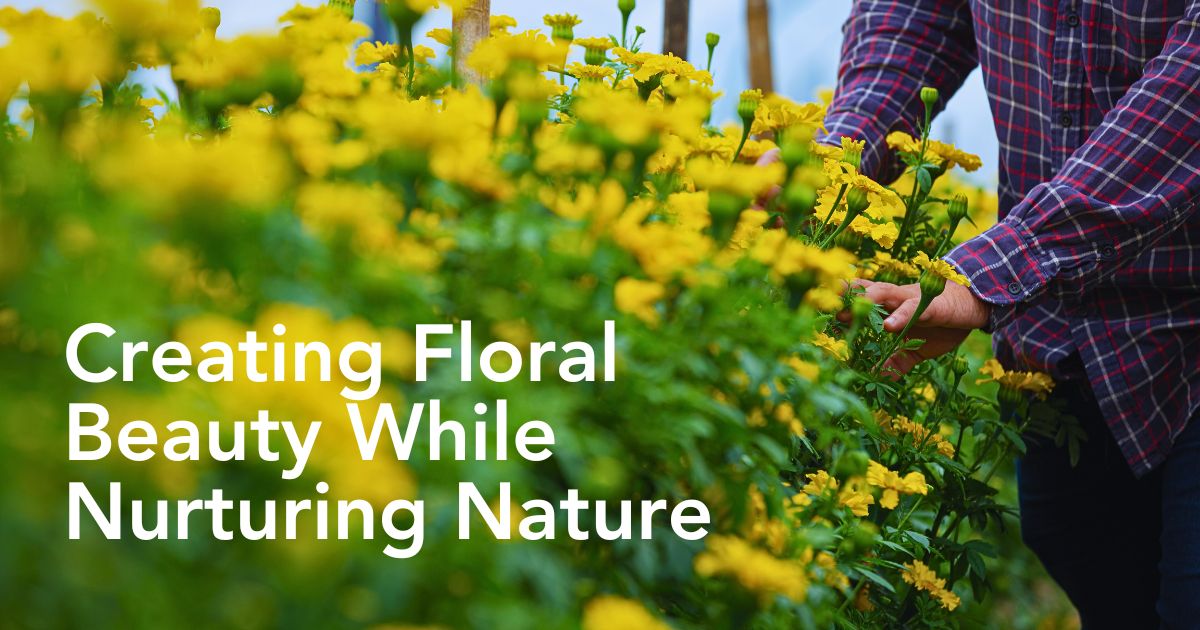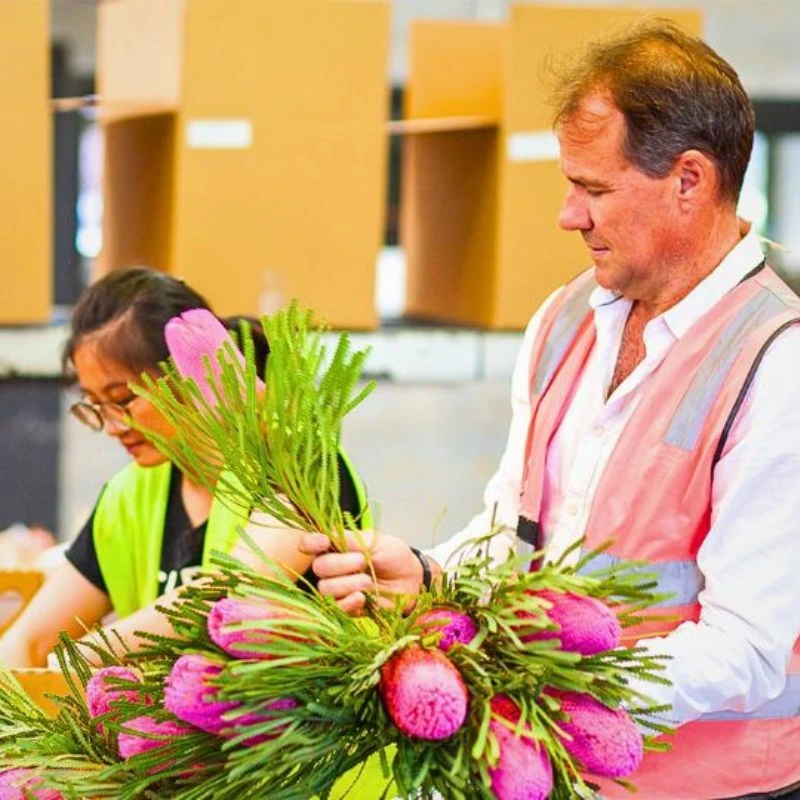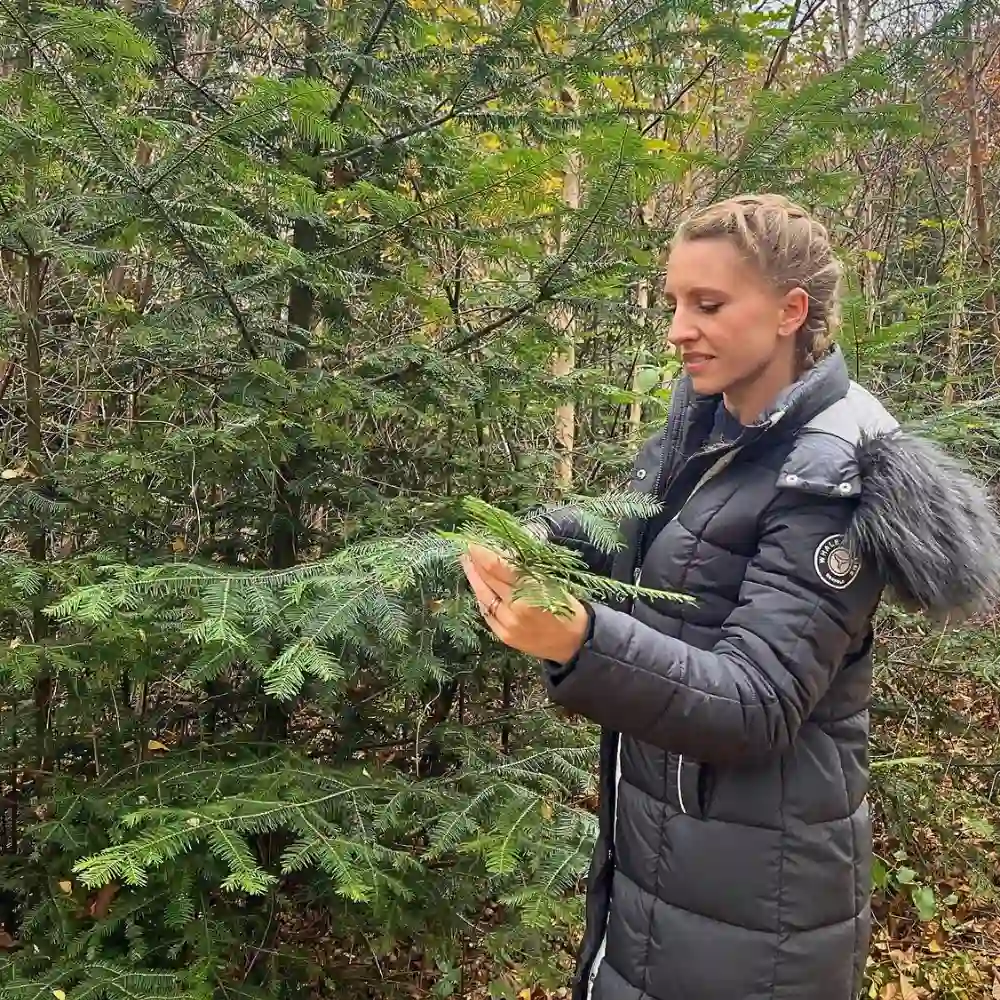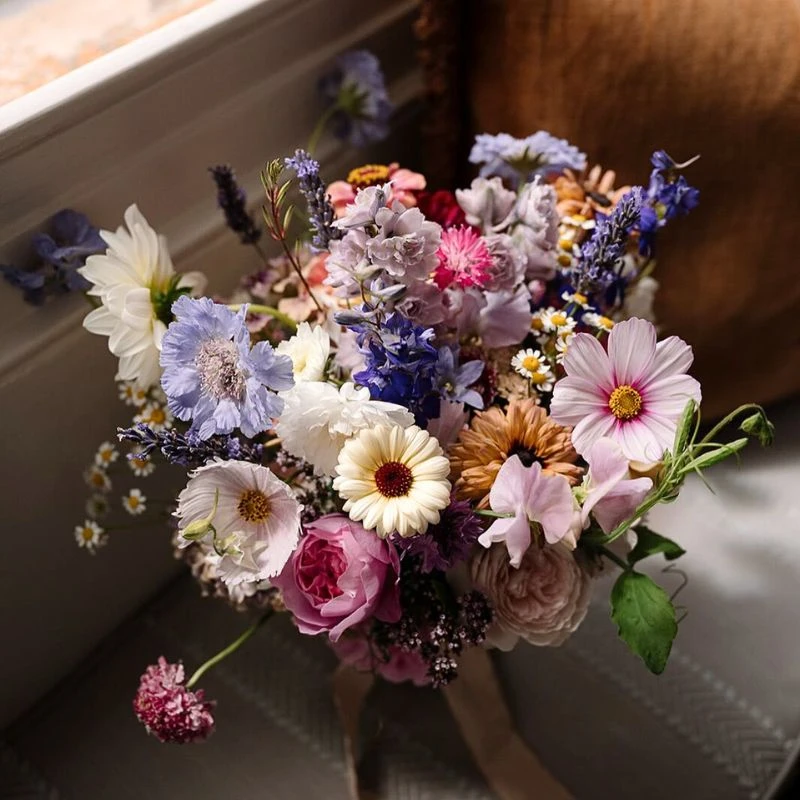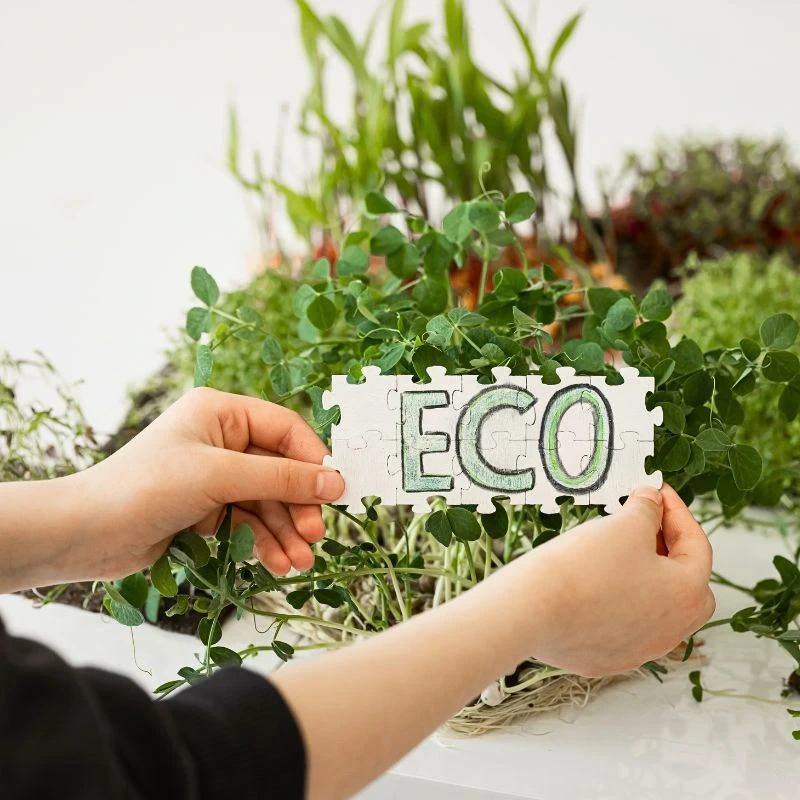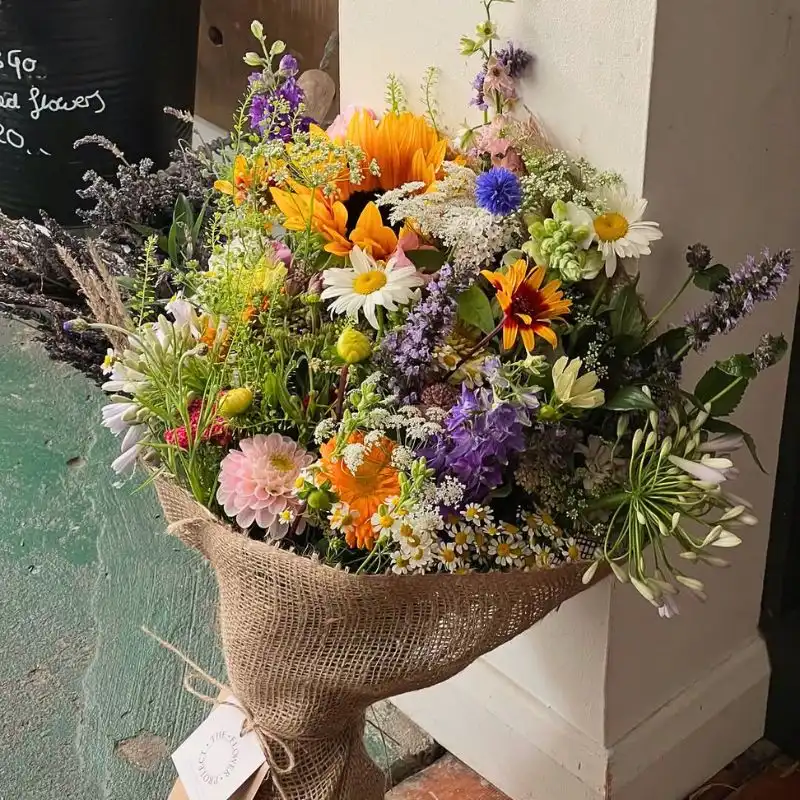How do you grow thousands of flowers while improving soil health, conserving water, and supporting wildlife? Yes, think of a flower farm teeming with sunflowers, Clematis, Dahlia, Zinnia, Aster, or lavender—bees abuzz, humming therein, butterflies fluttering, and of course thriving without chemical pesticides. Where soil is fertile, water use is minimal, and the entire system feels like it is literally working with nature, not against it. That is what permaculture looks and feels like.
This practice views flower farms as ecosystems that are alive, not just production facilities. It weaves traditional farming knowledge into modern environmental consciousness. And the result is flower operations that create floral beauty while nurturing biodiversity. Think of it as a philosophy reforming how people could grow flowers sustainably, building thriving floral ecosystems that regenerate themselves, conserve resources, and boost profits. How does it all work, though?
What Is Permaculture, Anyway?
Permaculture, short for ‘permanent agriculture,’ is like nature’s and the environment’s blueprint for sustainable and regenerative farming. Developed in the 1970s based on the insights of Australians Bill Mollison and David Holmgren, it designs systems that mimic natural ecosystems. It is farming with a conscience, guided by three core ethics: care for the earth, care for people, and equitable resource sharing. For flower growers, this means cultivating exquisite flowers while maintaining healthy soil, supporting wildlife, and meeting the demand for eco-friendly products.
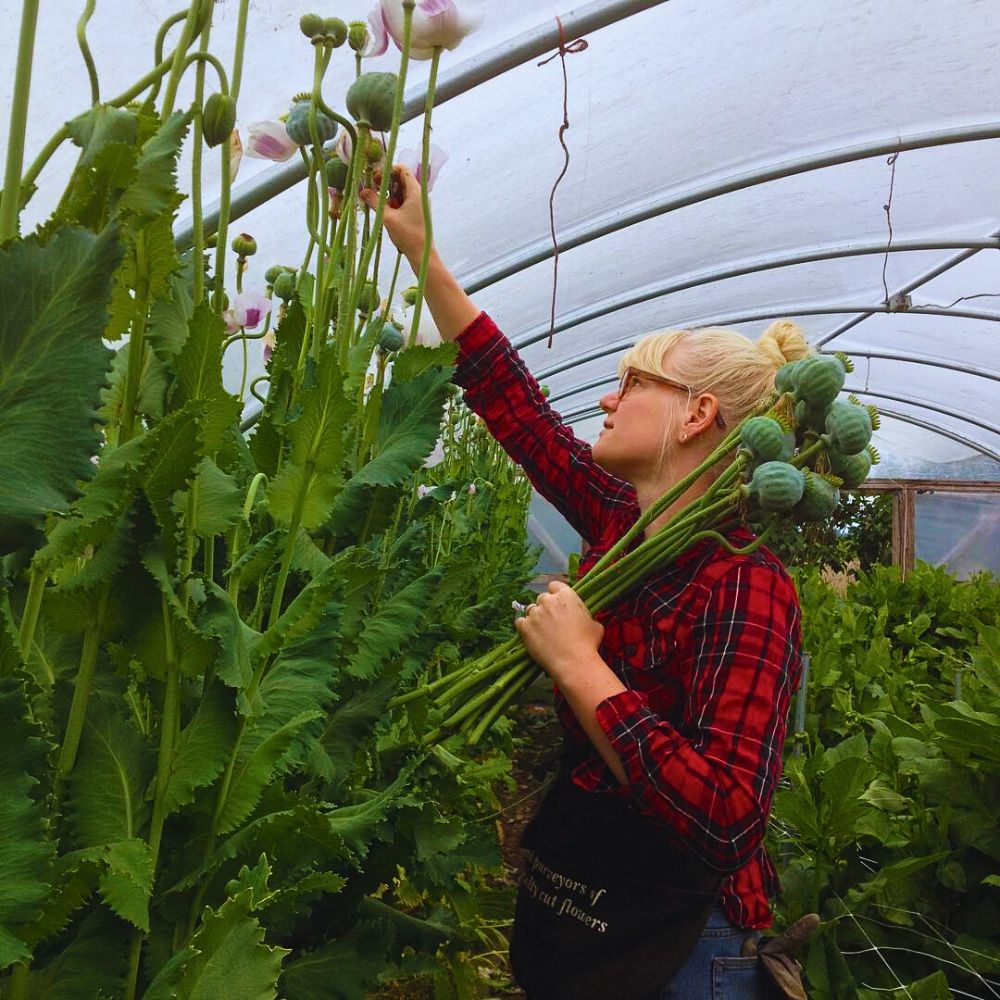
Twelve design principles guide the permaculture approach. These are observing and interacting with natural systems, catching and storing energy, obtaining sustainable yields, applying self-regulation through feedback, valuing renewable resources, producing no waste, designing from patterns to details, integrating elements, using and valuing diversity, utilizing edges and marginal areas, and creatively responding to change.
When applied to floriculture, these principles shift traditional flower production from resource-intensive monocultures into self-sustaining ecosystems that regenerate while producing marketable flowers, through growing methods that help create farms that regenerate themselves naturally, reduce input costs significantly, and produce exceptional quality flowers that command premium prices in markets. Since these global flower markets demand responsible production methods, the marriage of permaculture and sustainable flower production opens systems to more resilient, profitable, and planet-friendly flower farming operations.

Why Flowers and Permaculture Go Hand in Hand
Flowers do more than just look pretty. They are ecological dynamos. They feed pollinators like bees and butterflies, which are essential for plant reproduction and healthy ecosystems. Permaculture taps into this natural role, integrating flowers into diverse, resilient systems that enhance both wildlife and productivity.
Companion planting is a key strategy. Pairing marigolds with roses repels pests naturally, while nitrogen-fixing plants like sweet peas enrich the soil for nearby crops. Deep-rooted sunflowers draw nutrients from deep underground, and aromatic herbs like lavender serve as pest deterrents while attracting pollinators. These polyculture systems emulate wildflower meadows, where diverse plants support each other through varied growth patterns and seasonal timing. Early spring bulbs transition to summer perennials, then to late-season Asters, ensuring year-round productivity and a thriving ecosystem.
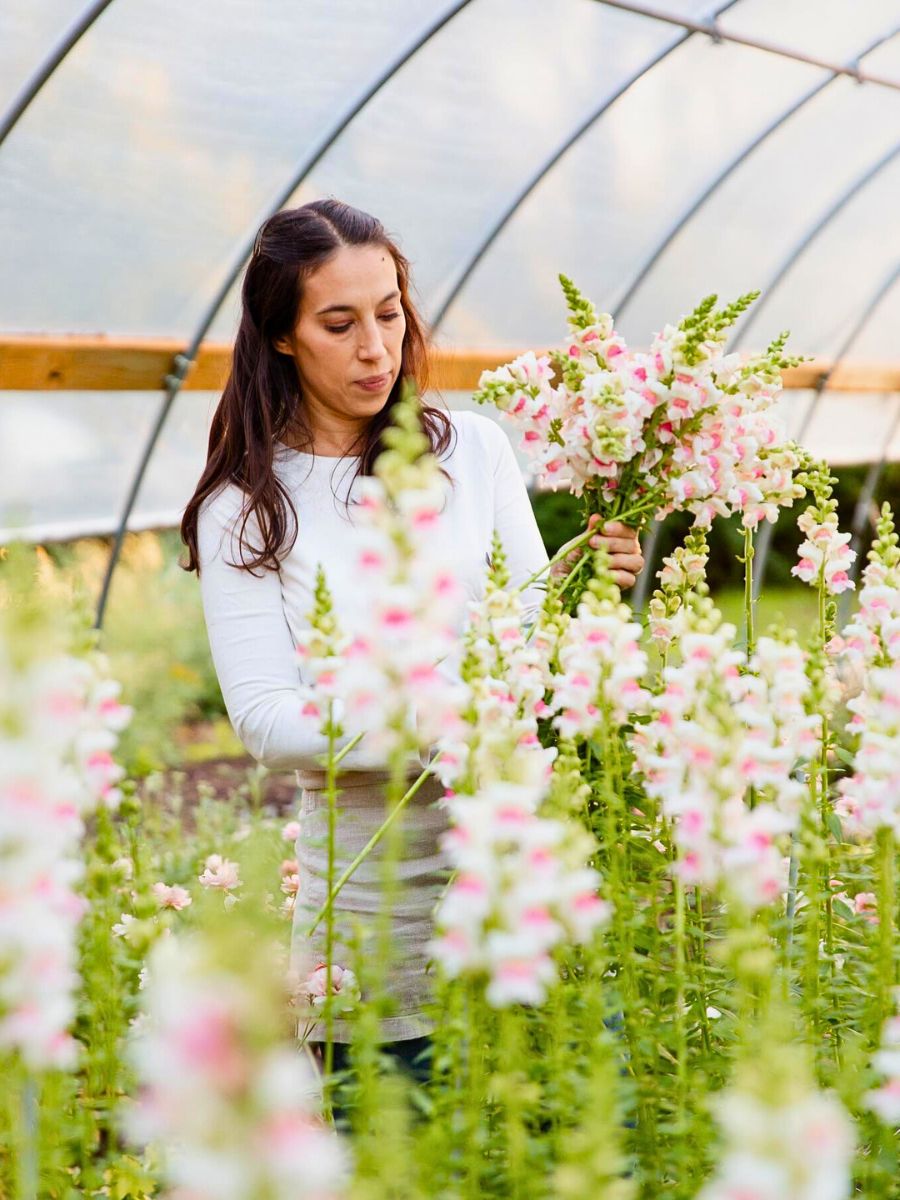
Water management is another strength of permaculture. Carefully designed landscapes with swales, berms, and wetlands capture rainwater, cutting irrigation needs by up to 50% in some cases. Ground cover plants suppress weeds, taller species shield delicate flowers from wind, and the entire system handles pests, diseases, and weather changes better than a monoculture. It is like creating a floral stronghold that flourishes on its own resilience.
The Real Benefits of Permaculture Floriculture
Why even consider permaculture? The advantages are convincing, and they spread far outside of environmental goodwill. First, soil health. Diverse plantings and organic matter—like composted flower trimmings—create fertile, living soils that sequester carbon and support robust flowers. Healthy soil leads to stronger plants, which translates to better market-ready flowers for bouquets, designs, and vases.
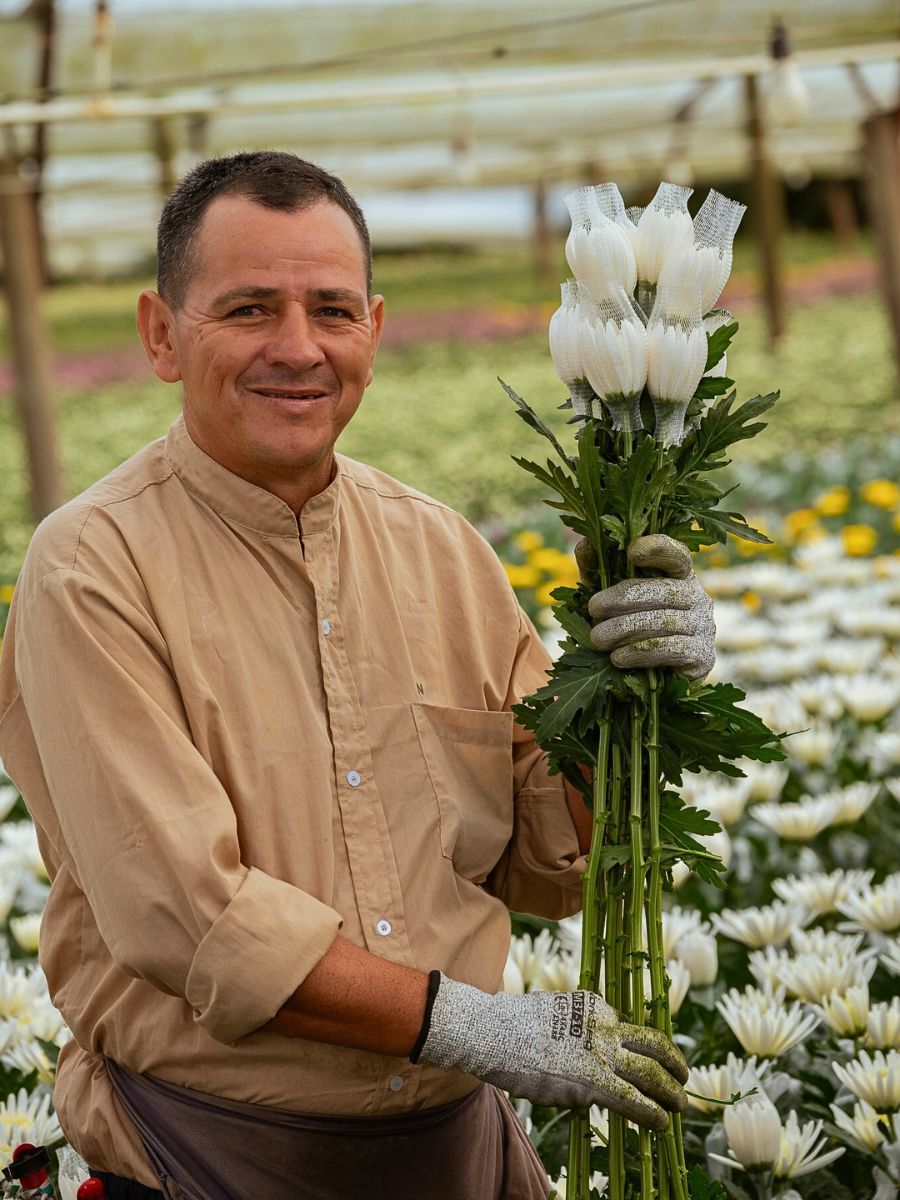
Biodiversity is another win. Permaculture farms provide habitats for pollinators and beneficial insects, which are declining globally but are vital for agriculture and wild ecosystems. In Kenya, a major flower-producing region, organizations like the Kenya Flower Council (KFC) promote integrated pest management (IPM) to reduce chemical use while supporting these populations.
Water conservation is crucial, especially in flower-growing regions like Ethiopia, Kenya, Ecuador, and Colombia, where water resources for flowers often compete with other agricultural practices, thus they are often stretched thin. Techniques like mulching and rainwater harvesting reduce irrigation demands while maintaining flower quality. And when it comes to chemicals, permaculture significantly cuts reliance on synthetic fertilizers and pesticides. This protects waterways, improves farmworker health, and produces cleaner flowers that appeal to eco-conscious consumers.
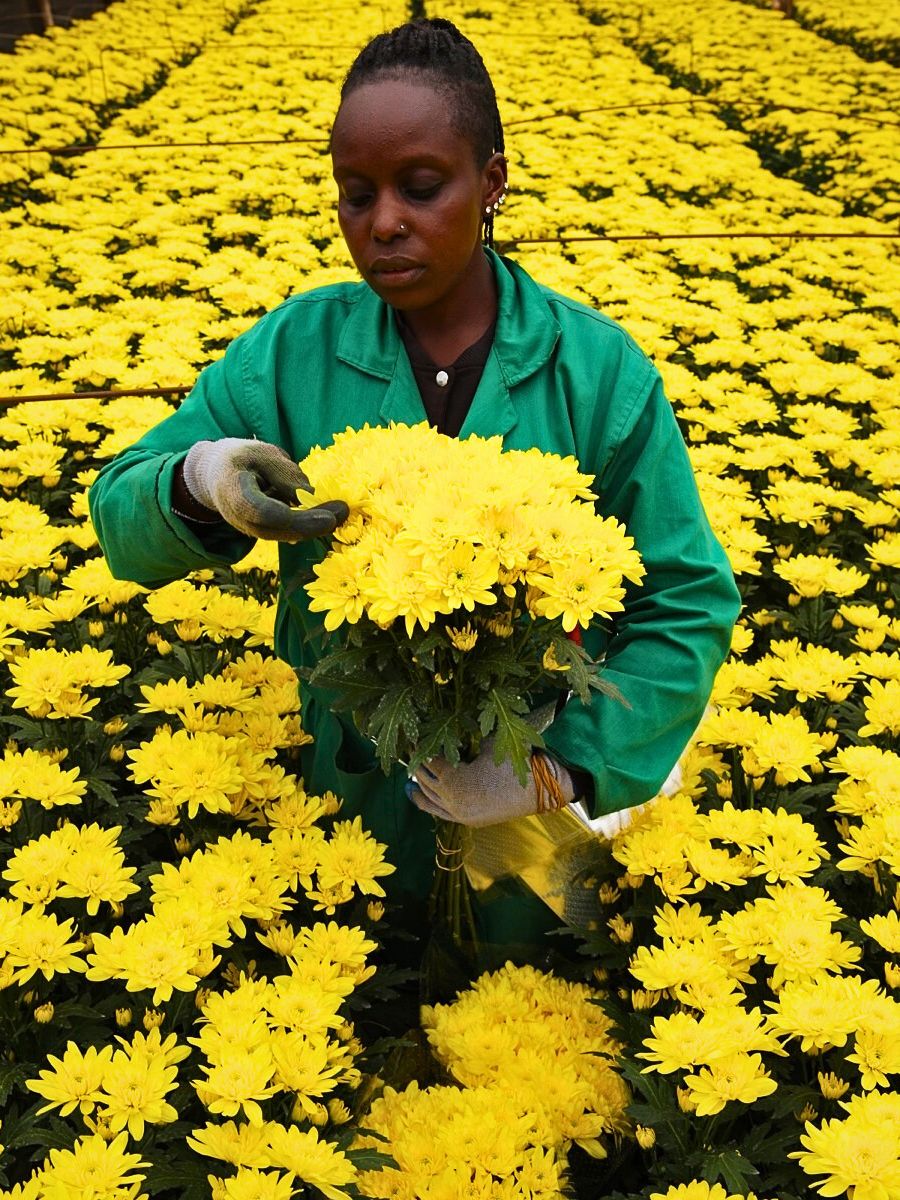
Carbon sequestration is a bonus. Diverse plantings and organic-rich soils capture carbon, contributing to climate change mitigation while making farms more resilient to extreme weather. Permaculture’s no-waste principle also turns every scrap of plant material into compost or mulch, lowering disposal costs and nourishing the soil naturally. Some advanced farms recycle irrigation water or convert organic waste into biogas, creating new income streams from what was once trash.
The Business Side for Growers
Talking money, because permaculture is not just good for the planet alone, but is also great for bottom lines. As biological systems mature, growers often save 20–40% on fertilizers and pesticides, putting more cash back in their pockets. Eco-conscious consumers are also willing to pay premium prices for sustainably grown flowers, and certifications like Fairtrade Flowers help unlock access to these lucrative markets.
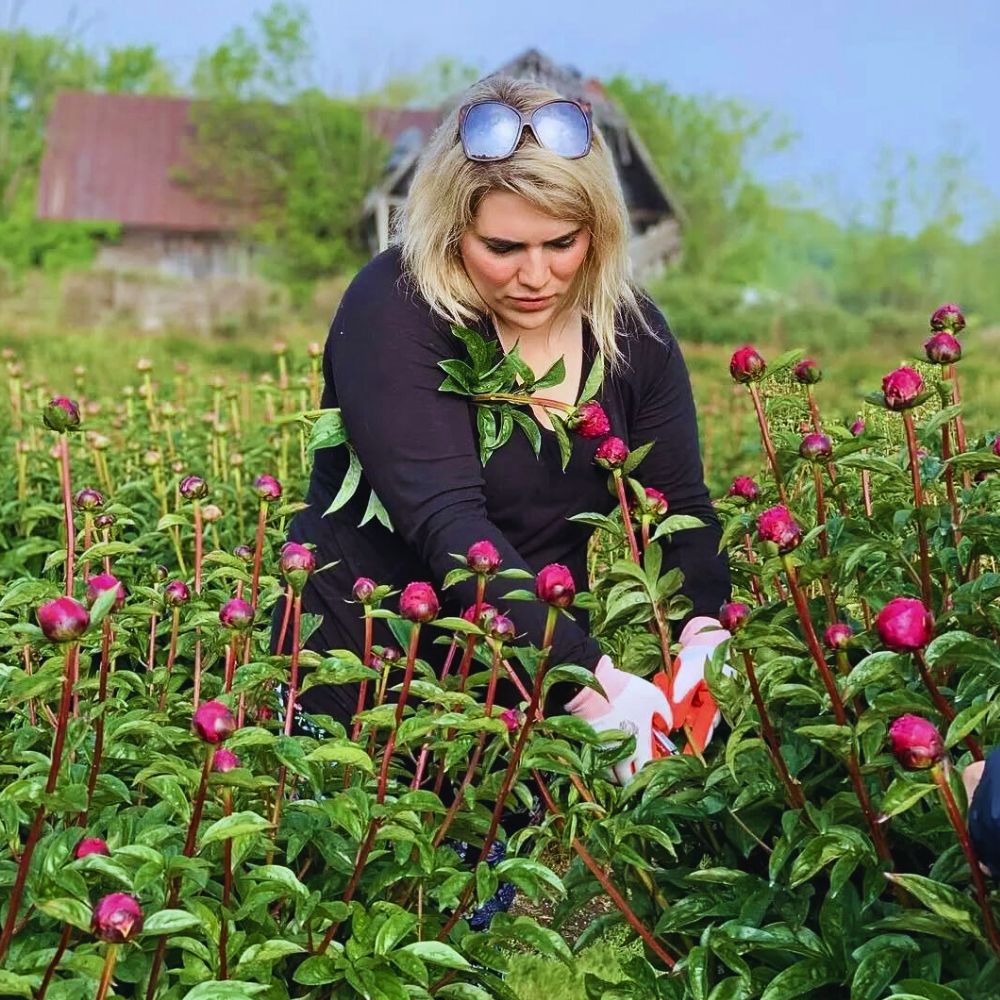
Diverse plantings reduce risk. Unlike monoculture farms, which can struggle under pest outbreaks or droughts, permaculture systems are built to adapt. They are less vulnerable to market fluctuations or environmental shocks, providing growers with more stable income. Once established, these systems require less daily maintenance—natural pest control and fertile soils mean less time and labor spent on upkeep.
Permaculture also strengthens supply chains. Local and regional production cuts transportation costs and carbon emissions while delivering fresher flowers to customers. Community-supported models, where growers sell directly to consumers, build loyal customer bases and predictable revenue. Aligning production with natural growing seasons reduces energy costs for heated greenhouses or artificial lighting, though it requires educating consumers to embrace seasonal flowers.
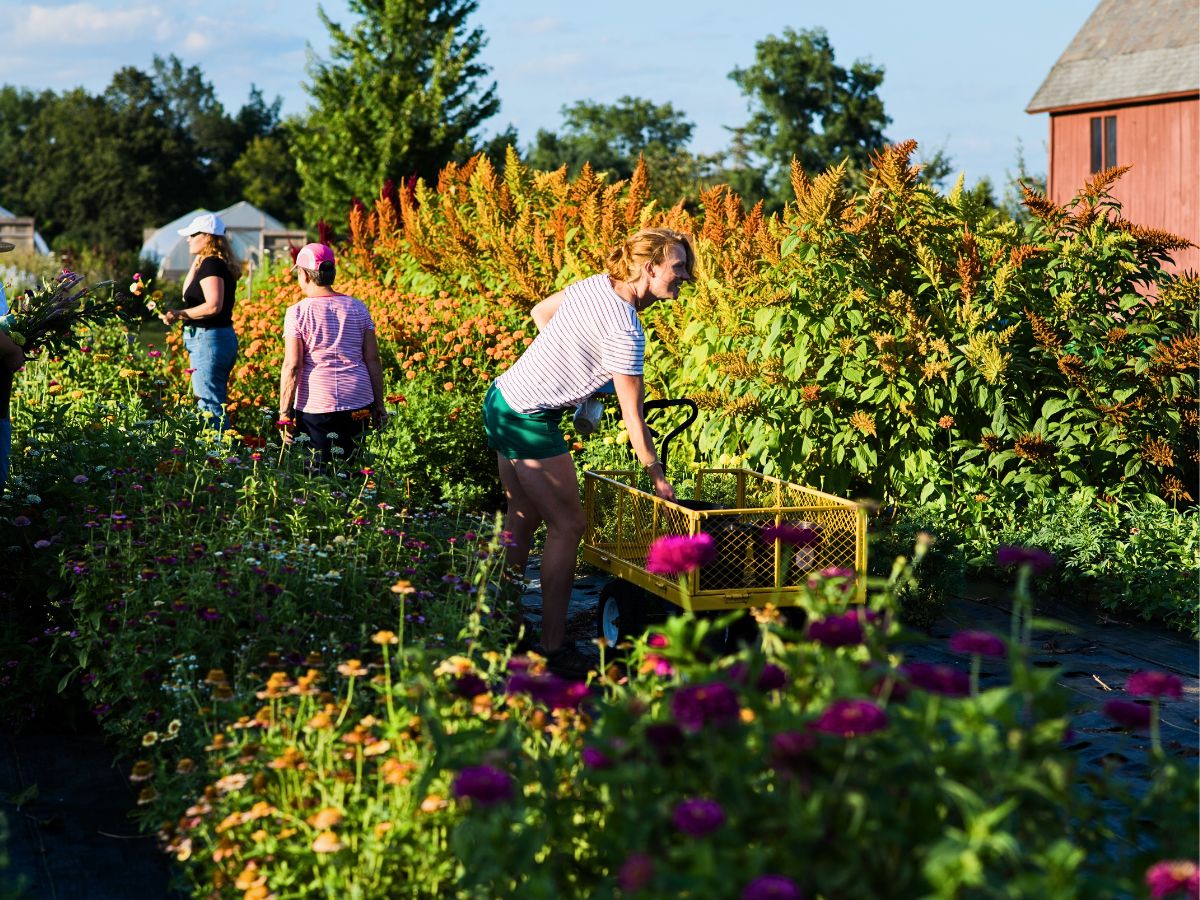
How to Get Started With Permaculture in Sustainable Flower Production
Ready to bring permaculture to your flower farm? Start small. Set up a test plot to try companion planting, composting, or rainwater harvesting. Observe the results, refine your approach, and scale up when you are ready. Soil health is the underpinning—use cover crops, compost, and biological amendments to create living soil that supports healthy flowers without synthetic inputs.
Establish habitats for beneficial insects with native plant borders or flowering hedgerows. These act like nature’s pest control lineup, keeping harmful bugs in check and boosting pollination. Water systems are crucial, too. Design landscapes to capture and store rainwater, using swales or drip irrigation to keep plants thriving with minimal waste. Transitioning requires planning, but the rewards are worth it. You’re not just growing flowers, but rather building a system that regenerates itself, supports wildlife, and meets the growing demand for sustainable products.
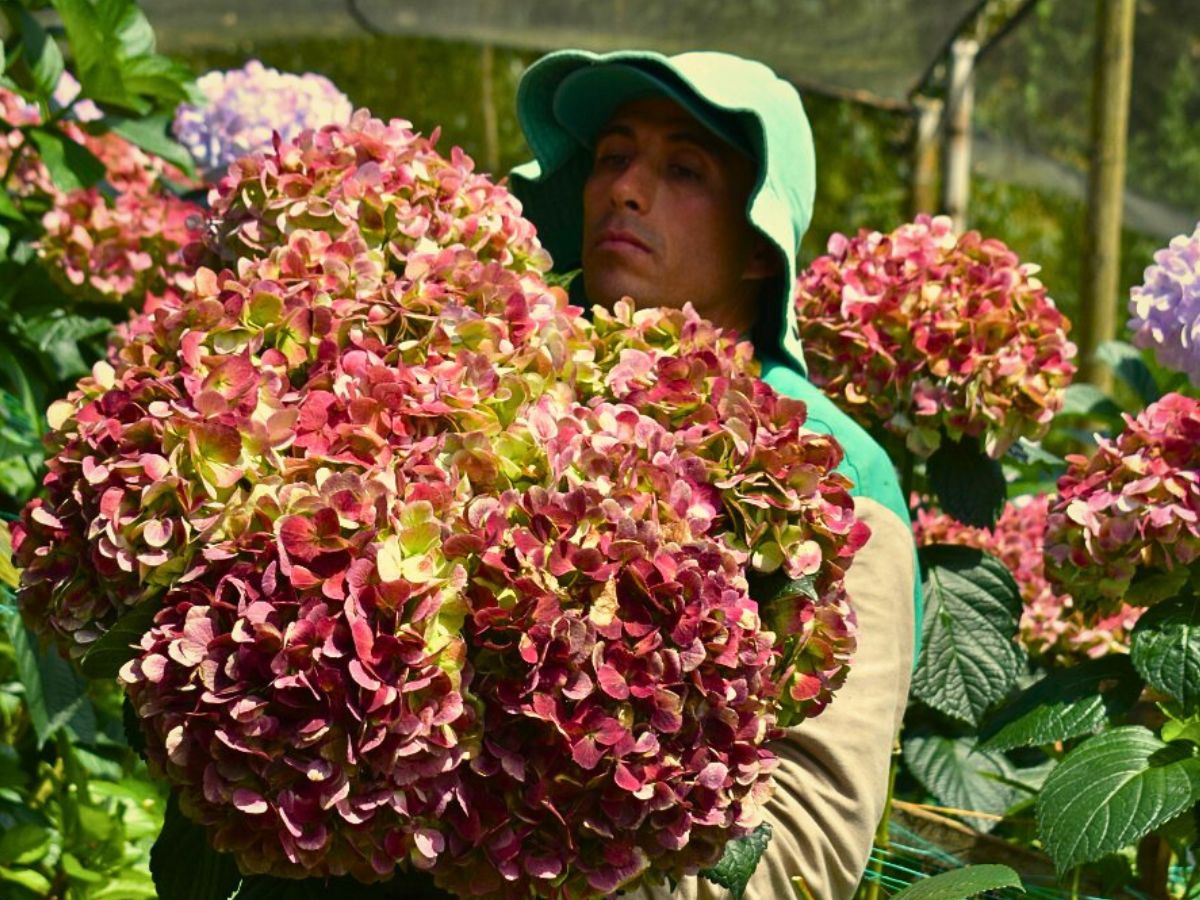
Certification programs like MPS and Florverde Sustainable Flowers, among others, offer guidance, ensuring that practices align with global environmental and social standards. The MPS-Compact certification specifically addresses small-scale growers, making sustainability certification accessible to operations that might otherwise struggle with complex administrative requirements.
Prospects of Sustainable Flower Farming With Permaculture Practices
Transitioning existing flower operations to permaculture practices requires careful planning and gradual implementation. Beginning with small demonstration areas allows producers to observe results and refine techniques before scaling successful practices across larger production areas.

Soil health assessment and improvement provide the basis for sustainable flower production. Practices like cover cropping, composting, and biological soil amendments create living soil systems necessary for healthy, productive flower crops while reducing dependency on external inputs.
Establishing beneficial habitats throughout growing areas supports natural pest control and provides pollination services for flowering crops. Native plant borders, insectary strips, and diverse flowering hedgerows create corridors that sustain beneficial organisms year-round. Water system design incorporating rainwater harvesting, efficient irrigation, and natural drainage patterns reduces resource consumption while creating resilient production systems capable of handling varying precipitation patterns.
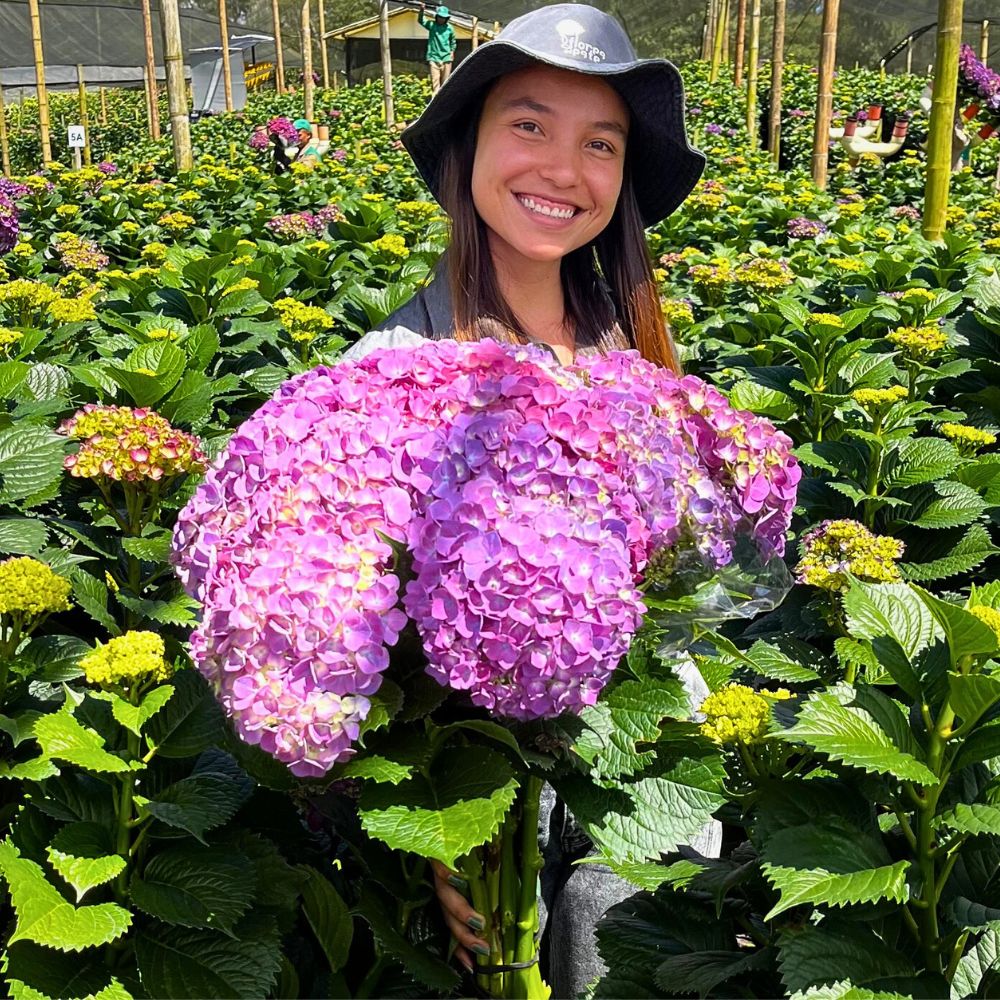
Essentially, flower production's future lies in working with natural systems, not against them. Also, consumers want beauty without environmental harm, and permaculture delivers. Working with nature’s rhythms—recycling nutrients, conserving water, and conserving biodiversity—growers can produce stunning flowers while nurturing the planet. It is a win for the earth, for communities, and for the growers making it all happen.
Feature image by @everbloomfields. Header image by jcomp.

